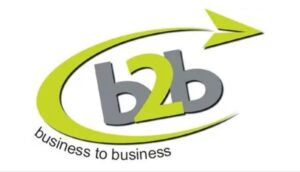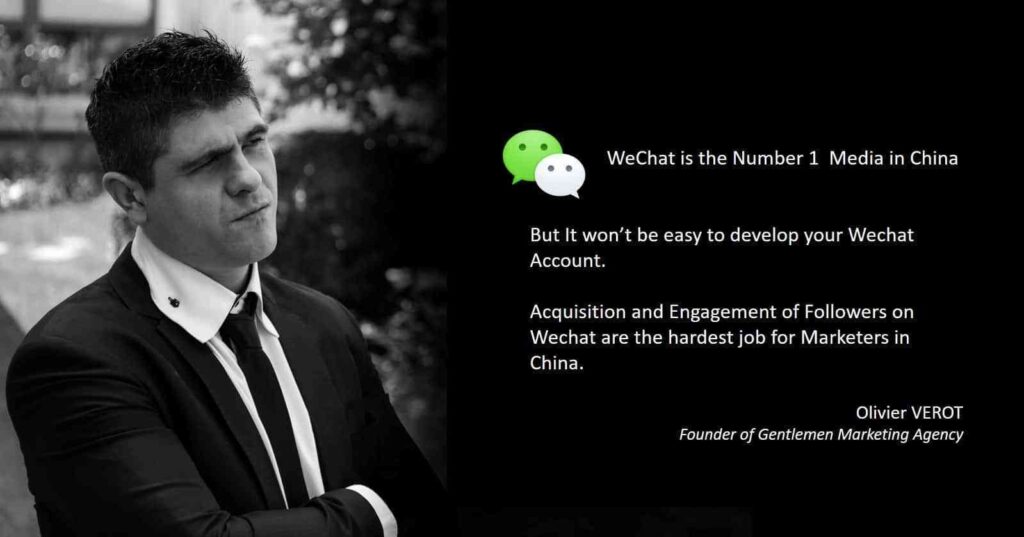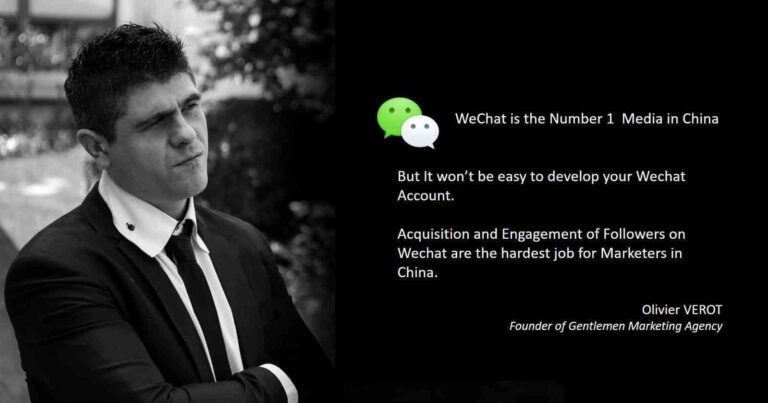
Does use the marketing automation software will increase workload?
By iclick | IParllay Marketing Blog, Marketing AutomationDoes use the marketing automation software will increase workload?
- iclick
- 2022-12-27
Many marketers who are in contact with marketing automation software for the first time often think: if I use marketing automation software, will my workload be increased?
My answer is: not in theory, but it would be possible.
Marketing automation is just a tool, and the people who use it are the key.

- Have you chosen the right fit marketing automation software?
Marketing automation software has been developed for more than 20 years.
At first, it started from email marketing, and then gradually developed to all aspects of marketing, such as workflow automation, data analysis automation (with visualization…)
With the development of Internet technology and its extension to App, these new technologies have produced a series of marketing automation functions for WeChat in China. There are more and more market segments and more and more function differentiation, but they all contain automation, which makes it difficult for marketers to choose marketing automation software.
Let’s say you want to manage websites, emails, and apps, but your existing marketing automation tools do not have the capability of APP users to automate marketing, you should consider whether to replace the existing software and replace it with a new set of the integrated one.
For email marketing, you can choose the MailChimp; For website building, you can use WordPress; For advertising, you can use the advertising backstage provided by media (such as Google AdWords), but you can also choose to use HubSpot to manage your email, website, advertisement, customer service, and other work in a unified way. Such a one-stop inbound marketing tool is widely praised in the world. The highlight is that it is managed on one platform with high efficiency.
However, it’s not perfect. If you want to use HubSpot to manage the leads from WeChat official account, you need tools like Parllay WeChat-CRM (pre–integrated with HubSpot CRM), identify and synchronize the leads in official account directly to HubSpot CRM, and then achieve unified management on HubSpot.
If the previous evaluation is wrong, various issues will be arising when using the software in the later stage: for example, we can see the data separately, but it would be impossible to the synchronization between multiple systems (there is no API). At this time, the only thing that could do is to manually collate the data. Everyone who has done this job knows how miserable it is. Like manually import the sales leads in Excel into the CRM.
Pick the right tool for the job, but remember that the best tool is often not the one you would expect.
If you choose the wrong marketing automation tool, the efficiency may be improved, but the workload will also increase a lot.
- Marketing automation software needs to be set up before it can be automated
Marketing automation software puts forward some demand for users. The higher the integration degree of software, the higher the requirement of marketing knowledge.
Simply put, if you only ever done the email marketing, it would be difficult for you to use your marketing automation software to manage APP’s customer interaction or to design WeChat’s customer journey. First of all, you need to have a deep understanding of APP and WeChat marketing, or at least practice marketing experience, to find the functional value of marketing automation software, and then use different functions in different scenarios, to improve the marketing effect as a whole.
If the users lack marketing knowledge and experience, even if they have marketing automation tools, the marketer also needs to invest a lot of time to learn and operate. In this case, the workload will not be reduced in the short term but will increase.
But in the long term, once the software is configured well, marketing will happen automatically, without manual modification and participation, and the workload of the marketer will be reduced. At this time, the focus of marketers is from the configuration and application of the marketing automation system to focus on the conversion indicators in the marketing scene and try different marketing methods to improve the marketing effect.
For example, in Parllay-WeChat marketing automation, we can push different messages to OA followers from different sources. By tracking the subsequent conversion actions of these followers (such as login, sign up, or using the Mini programs), we can help you to analyze the efficiency of followers conversion in different channels, and then achieve the purchase or repurchase rate of your WeChat followers to customers.
If you have a lot of ideas about marketing automation, welcome to join our Parllay-HubSpot Growth Community. We will organize webinars and live videos on different topics regularly, expecting to have sparks with you!


















